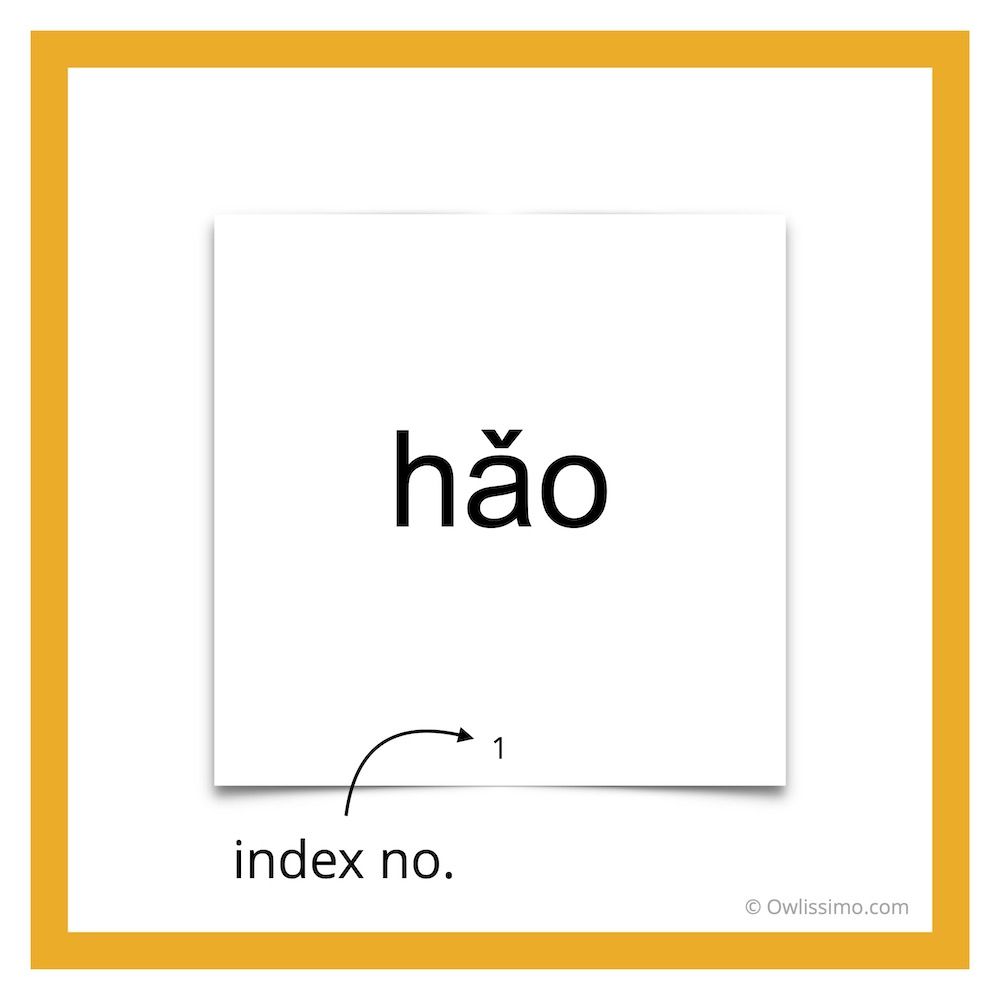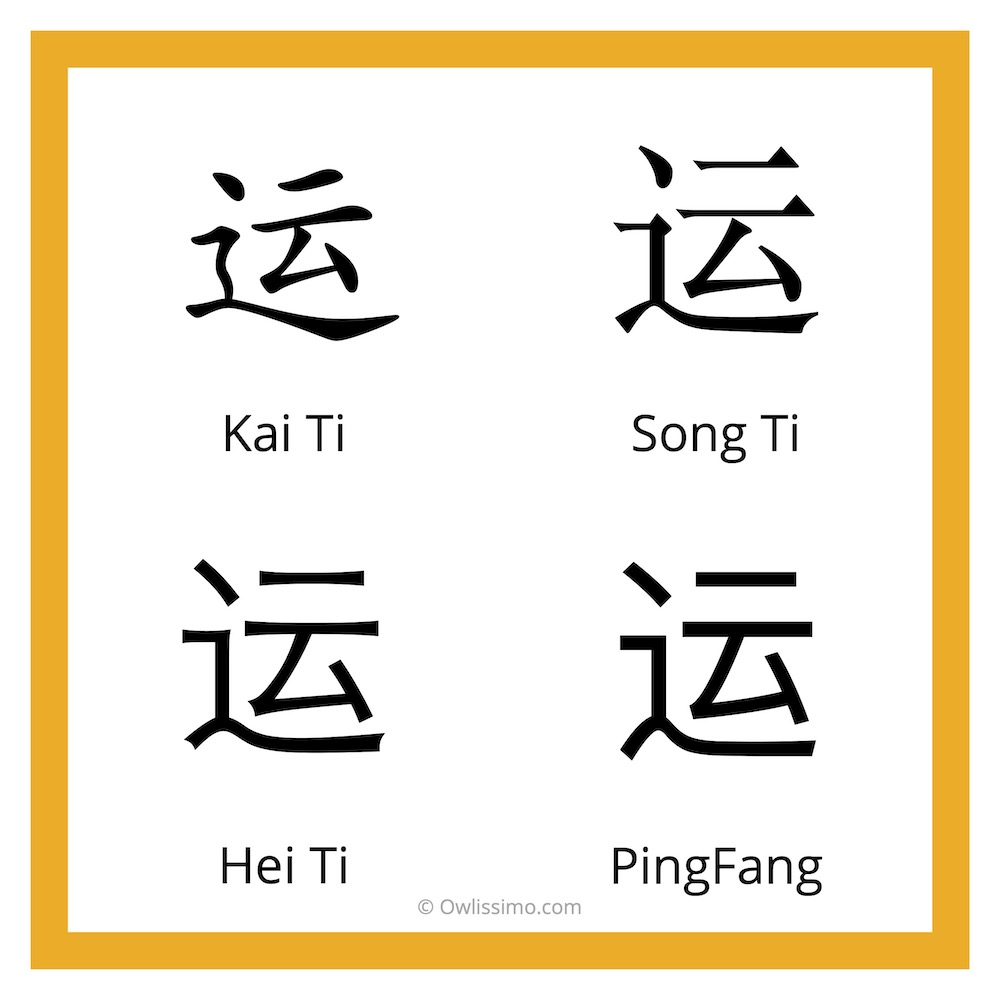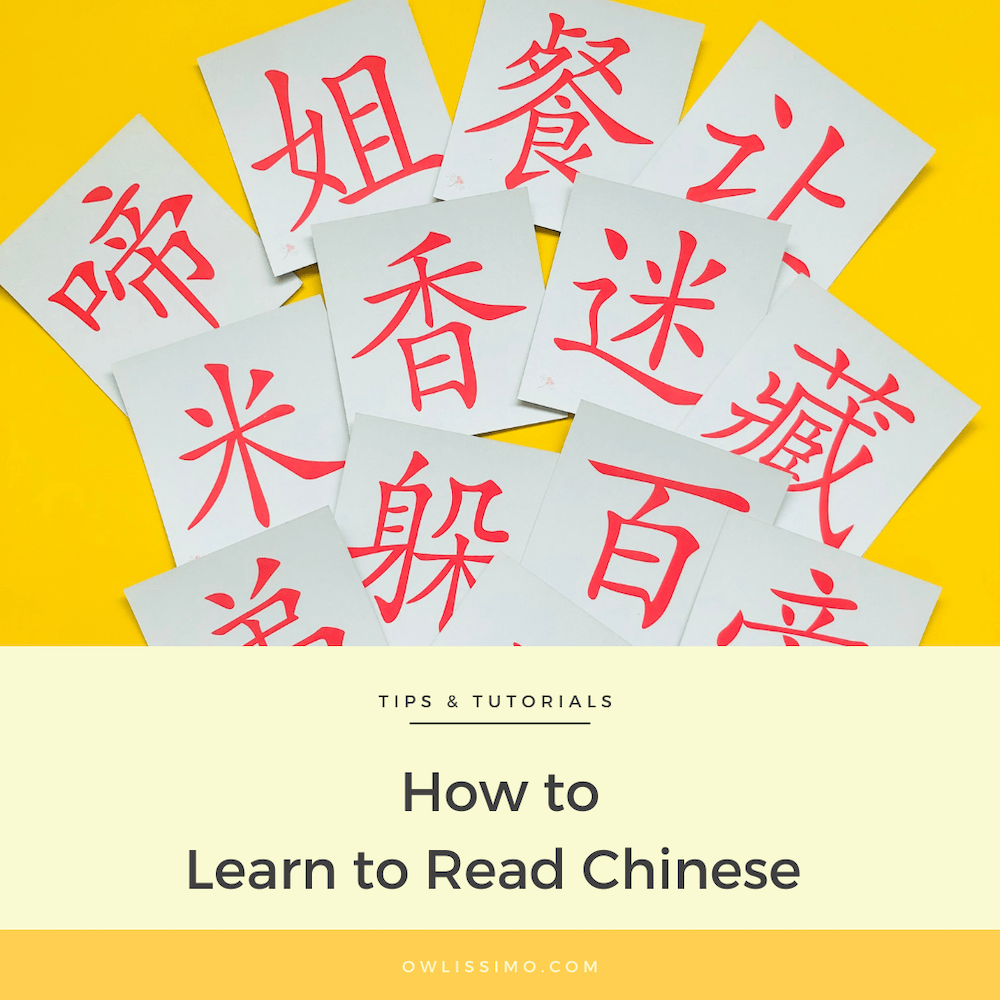(Estimated reading time: 7 minutes)
As a hands-on parent, I’ve been teaching my children to read Chinese since 2010.
Riding on my experience with Montessori and whole brain education, I experimented with various teaching methods and also created learning materials for them.
During the COVID-19 pandemic, our physical school was closed for nearly 2 years! This accelerated my search for the most effective and efficient learning method.
With no time nor energy to create Instagram-worthy learning materials, I figured that the simplest way was to use a systematic Chinese graded (or levelled) reading programme.
By learning a small number of new characters a day, my three active children reached 1200 characters at 8 to 9 years old, while Jae continued to reach 3200 characters at 10 years old.
These are some examples of Chinese reading programmes (in alphabetical order, no order of preference):
- Le Le Chinese Reading System (樂樂文化)
- Odonata Chinese Reading Programme (红蜻蜓首100字-1200字)
- Sage Basic Chinese 500 (思展基础汉字500)
- Si Wu Kuai Du (4, 5 Quick Read) (四五快读)
If you’re looking to start your child (or yourself) on Chinese reading, read on to find out the important features of a well-designed programme. If you’re designing your own home learning materials, you may also find this post useful.
1. Systematically graded or levelled
This is the key distinction between general picture books and a systematic reading programme.
The programme should gradually introduce new Chinese characters (字) and provide repetition throughout the books for spaced repetition review, which helps to achieve effective and efficient learning (Kang, 20161).
Since your child has learnt the characters before reading the lines or pages of the book, he will be able to read all or most of it. Experiencing success from his efforts will motivate him to continue learning.
2. Sufficient range of vocabulary
By mastering more than 900 Chinese characters (字) and more than 10 000 words (词), your child can read about 90% of publications. With 2 315 characters, he can read 99% of publications. (Sina, 20062)
A well-designed reading programme will start off with frequently-seen characters that make up frequently-seen words.
The entire programme should contain at least 1 000 high-frequency characters so that you can build a strong foundation with one programme cost-efficiently.
3. Character cards and books
Cards with only one character each are essential for effective learning. These are called word cards or flashcards, although we do not “flash” them to the child when teaching.
The front of the card should print the character clearly.

The back of the card should print its Hanyu Pinyin for the parent to read out and for self-checking.

This is a form of control of error, which is an important principle in the Montessori method. Your child will be able to review the cards independently over time.
With repetition, young children can often memorise and recite a reader book word-for-word without recognising any character. Therefore, shuffling word cards for spaced review ensures that your child can read every character.
Research has also shown that spaced retrieval (with feedback on whether you answered correctly) is the key to long-term retention of what is learnt (Roediger and Karpicke, 20113). Word cards allow you to achieve this.
4. Appropriate font and font size
The Chinese characters in a reading programme should be printed in Kai Ti or a similar font. Kai Ti encompasses brush strokes and is the standard font used in teaching Chinese writing.
Look at this comparison of different fonts:

It is clear that children should learn the 辶 radical from Kai Ti instead of the other fonts.
On word cards, the size of the character should at least be about 4.5cm by 4.5cm (1.77″) so that your child can learn the details of each character. For a young child who may learn better by finger-tracing each card, then the font should be even bigger.
After leaving a border, the card need to be at least about 5.5cm by 5.5cm (2.17″).
In children’s levelled books, the font should be large and clear, about 0.8 to 1cm (0.39″) tall. If it is too tall, parents who rely on dictionary / translation pens may not be able to scan it.
5. Appropriate layout
The picture and words in reader books need to be clearly separated. Separating words and pictures on different pages has the added advantage of ensuring your child reads the characters without relying on clues.
If your child can read, she would be able to do so without referring to any picture, English translation or Hanyu Pinyin. This is how she can read a character on a card anyway.
She may refer to the picture for better understanding after reading the page. You may also discuss the story with her.
6. No Hanyu Pinyin or translation directly above / under the text
It is recommended that a systematic Chinese reading programme print translations or Hanyu Pinyin at these locations:
- behind word flashcards
- at the bottom of the page
- at the end of the chapter
- at the end of the book
They should not be printed directly under or above the text on a word card or graded reader book because young learners can use it as a crutch and hinder their learning. This is especially relevant to children who already know how to read English phonetically. It is impossible to “unsee” what is printed.
As an adult, I am conscious that Hanyu Pinyin directly above / below a character is convenient for my fluent reading yet hinders me from remembering the character the next time I come across it.
El, my 8-year-old child who is a fluent English reader, finds Hanyu Pinyin highly distracting and prefers to cover it up in story books or read those without.
There may be a place for continuous Hanyu Pinyin in storybooks but not in a systematic Chinese reading programme, in which the main purpose is to let the learner recognise characters.
A butterfly struggles out of its chrysalis to strengthen its wings and fly. Similarly, your child needs to recall the characters with some effort in order to commit them to memory.
Tip: If your current reader books contain continuous Hanyu Pinyin, you may cover them up with a blank card.
7. Appealing stories
Interesting stories motivate young children to learn more words to read more. Children often enjoy stories they can relate to — family life, daily life, friendship and animals.
A young learner would need both word cards and graded reader books.
A mature learner would be able to learn with only word cards and practise by reviewing the cards and reading general books.
Summary
To summarise, these are the features of a well-designed Chinese reading programme:
- Systematically graded or levelled
- Sufficient range of vocabulary
- Character cards and books
- Appropriate font and font size
- Appropriate layout
- No Hanyu Pinyin or translation directly above / below the text
- Appealing stories for young learners
Comparing cost-efficiency
Besides the above features, you may compare the cost-efficiency among programmes by using this simple formula:
Cost per character = Cost of programme / Total number of characters in the programme
We hope you have found this post useful. Drop us a message if you need help choosing a suitable reading programme. Happy teaching or learning Chinese Mandarin!
1 S. H. K. Kang. (2016). Spaced Repetition Promotes Efficient and Effective Learning: Policy Implications for Instruction. Behavioral and Brain Sciences, Vol. 3(1) 12–19.
2 Li, L. (2006). Chinese can read books and newspapers by mastering 900 characters. Sina. http://news.sina.com.cn/c/2006-05-23/14309003529s.shtml
3 Roediger, H. L. III, & Karpicke, J. D. (2011). Intricacies of spaced retrieval: A resolution. In A. S. Benjamin (Ed.), Successful remembering and successful forgetting: A festschrift in honor of Robert A. Bjork (pp. 23–47). Psychology Press.
P.S.
At Owlissimo, we have chosen to bring Odonata reading programmes to you because they tick all the boxes above.
For more than 20 years, Odonata has received rave reviews for its excellent quality and value for money.
Check them out here.

